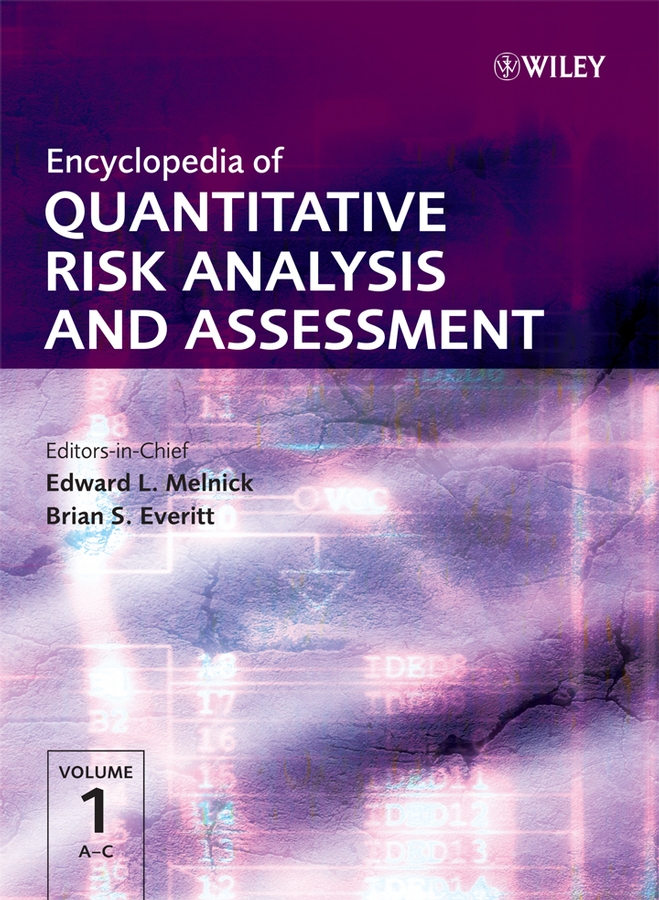Informational Value of Corporate Issuer Credit Ratings
Abstract
In the transparent capital market for US corporates, rating agencies mostly fulfill the certification needs of investors, and not the need for accurate point-in-time credit risk information. When ratings are used as portfolio eligibility standards set by regulators, fund trustees, or boards of directors, investors prefer stable ratings. To support this certification need Moody's and Standard & Poor's stabilize their ratings to a great extent. However, the negative impact of rating stabilization on rating timeliness and default prediction performance fully offsets the information advantage that agencies naturally have from in-depth analysis by their ratings analysts. In a new competitive environment—after the implementation of the Credit Rating Agency Reform Act in the United States, which abandons the regulatory protection by a National Recognized Statistical Rating Organization (NRSRO) designation—rating agencies may have to push the balance between rating stability and rating timeliness more to the edge.



